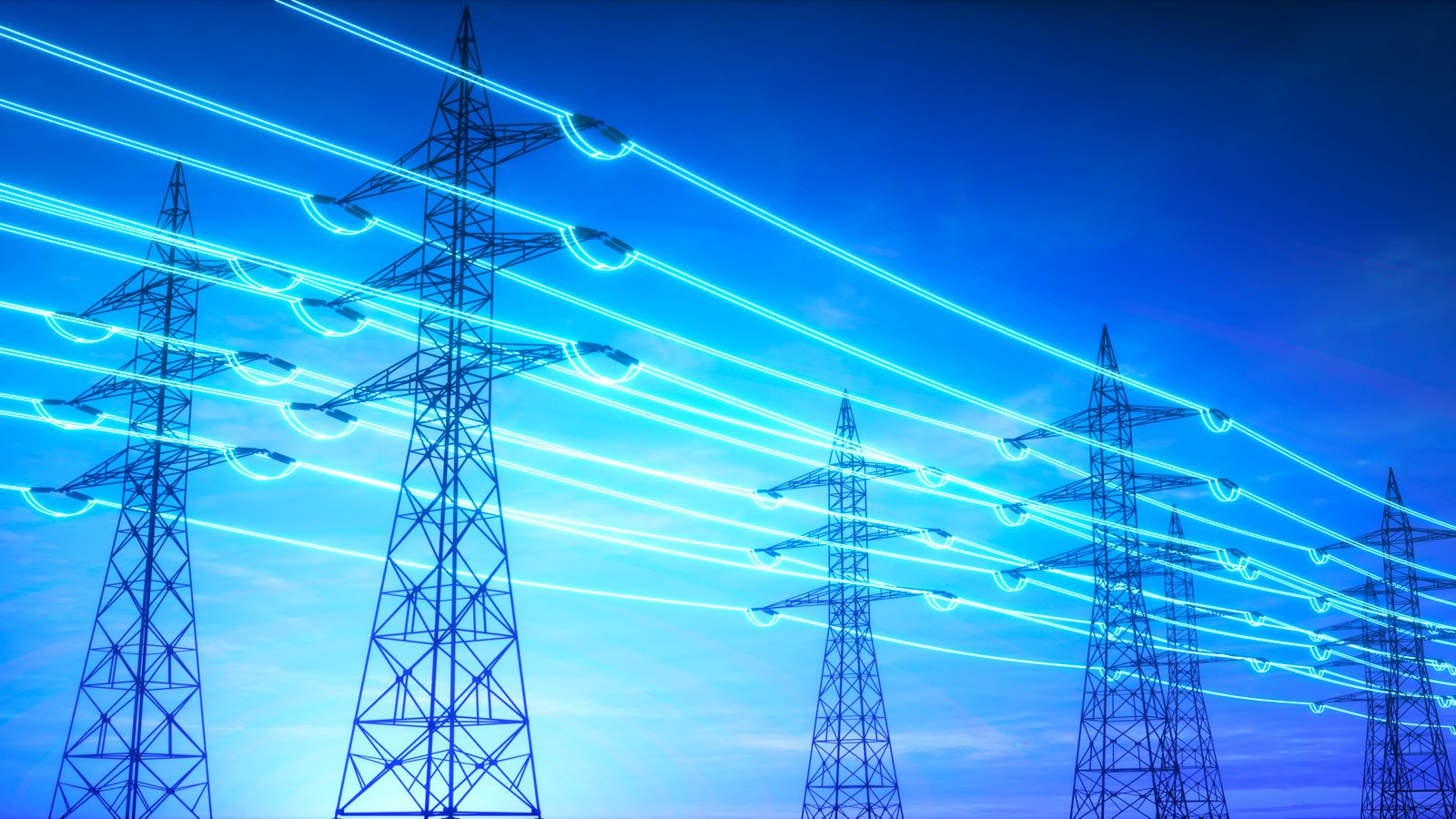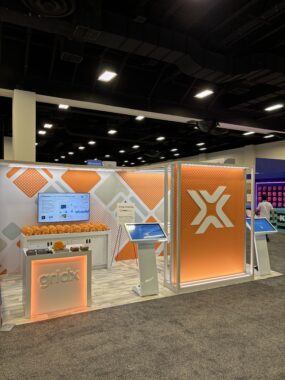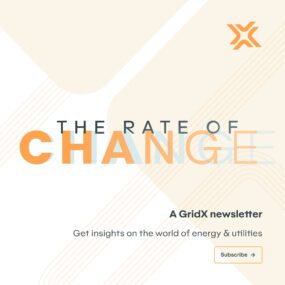Harnessing utility data to fast track energy goals
Ways electric utilities can accelerate their digital transformation and impact decarbonization efforts

Electric utility companies are up against many challenges as the grid becomes increasingly more complex, yet they still must provide customers with safe, reliable and affordable power.
Let’s look at some facts:
- Our electric grid is quickly aging. Most of the U.S. electric grid was built in the 1960s and 1970s.
- We have monumental decarbonization goals in front of us. The United States has set a goal of 100% clean electricity by 2035, a necessary foundation for net-zero emissions no later than 2050.
- Distributed energy resources (DERs) are dramatically on the rise, creating both opportunities and challenges.
So, what can be done to fast-track our clean energy goals and accelerate electrification? It “requires a radical technological transformation of the energy sector.” There is no doubt about that. Utility companies are putting serious effort into modernizing their organizational process and systems to keep up with the changes in the energy landscape.
Fortunately, there are cost-effective means that can be implemented today to accelerate and modernize the clean energy future. One of which is time-varying rates. By coupling technology with a customer- centric approach, GridX has been a part of many of the most successful transitions to dynamic rate and time-of-use (TOU) rates across the country. Electric utilities have an opportunity to make big impacts in the clean energy transition with rates done right and it doesn’t need to be costly or complicated. Here are a few things to think about to get your rates done right, now.
The Digital Rate Transformation
The United States electric grid is old and aging fast, with over 70% of it more than 25 years old. Huge efforts are being made to modernize and stabilize the infrastructure, which is costly and time-consuming. Yes, utilities need to be thinking of the long-haul items like upgrading high-capacity transmission lines but there are other initiatives that can make a real difference, and can be implemented quickly, showing results often within one billing cycle.
Digitization of rates strategies is one of these initiatives. It is the process of making a digital representation of each rate option, typically in conjunction with the Customer Information System (CIS), to be used instantaneously in and with emerging technologies. By digitizing a rate, you enable your teams to seamlessly design, implement, market and bill a rate.
When the electric rate itself is digitized it dramatically reduces potential for error and enhances the design, implementation, and analysis of the rate. The agile transformation of that rate allows utility companies to develop pricing strategies that not only incentivize customers to adopt clean energy practices but also meet grid reliability goals and ensure revenue recovery.
With digital rates, not only are you able to share information across internal teams and operationalize them within your organization, but digitizing your rates also allows you to give accurate, high-quality personalized data to your customers via self-service tools. When designing and marketing these emerging rate structures, it empowers them to use energy at times when it is cleanest or most affordable.
Complex rates don’t have to be complex
Utility customers can help to reduce strain on the grid, but they won’t act on programs and efforts unless they know what value it brings to them personally. This is where time-varying rates can also be useful.
By designing time varying rates with customers in mind, we can achieve personalized rate matching that better aligns customers to the rates that fit their lifestyle. We can achieve load shift by helping customers understand that when they use energy is just as important as how much they use.
But to achieve meaningful results, we need to get more energy customers on time-of-use and dynamic rates. According to the U.S. Energy Information Administration, while TOU rates are available to 62% of U.S. residential customers, only 7.3% are enrolled in these plans.
Success depends on analyzing mass amounts of data so we can make it easier for customers to learn about and adopt TOU rates, which is difficult to do with existing spreadsheet-based solutions. While managing electric consumers’ expectations, your utility can set themselves up for long-term, scalable and data-driven solutions.
Keep in mind that the more educated a utility customer is, the more engaged they are. Being able to see the value of their energy consumption in dollars and cents makes it tangible. With this information, consumers begin to modify behaviors and make slight changes in their habits, adjusting their energy usage to when it is cleaner (or cheaper) and, they use less energy over time.
Embracing DERs
Distributed energy resources (DERs) have amplified the complexities of the electric grid. In a survery, two-thirds of respondents cited the ability to forecast, monitor and manage utility-owned and third-party DERs when asked which elements of DERs are most challenging.
DERs are changing the way the grid operates and will continue to do so. But DERs support decarbonization in so many ways; supporting fuel switching, the adoption of electrical vehicles, distributed solar and more. Even when equipped with digital technologies, DERs can still create challenges. These challenges should motivate electric utility companies to be proactive and look at the opportunities in managing networks and the behind-the-meter resources.
As consumers respond to dynamic price signals and shift their consumption to times when power is less expensive, power consumption is becoming increasingly variable. This is where digitalization can aid in the transparency, management and transformation of DERs to be an asset to the grid. Rate digitalization is especially powerful as it can be scaled to any aggregated level, from individual devices to buildings, communities, or even a larger region.
Smart digital solutions enable DER owners to monitor and manage their resources in real-time and then see the associated cost implications. Unless DER owners are incentivized or mandated, they have little reason to consider their devices’ impact on the grid. Compensation, cost savings and regulation can encourage DER owners to find and operate their devices in better constructive collaboration with grid operations and see the cost implications in real-time with penny-level accuracy.
Electric utilities are up against big hurdles. They not only need to think about the organizational and demand-side process but also keep customers satisfied while meeting monumental decarbonization and net-zero goals.
It is imperative utilities implement digitized modern rate structures to meet the needs of customers, reduce strain on the grid and be agile enough for the continued technological advances of our clean energy future. One thing is for certain, scalable rate engine software and technology coupled with a customer- centric approach is needed to quickly get rates done right, now.





